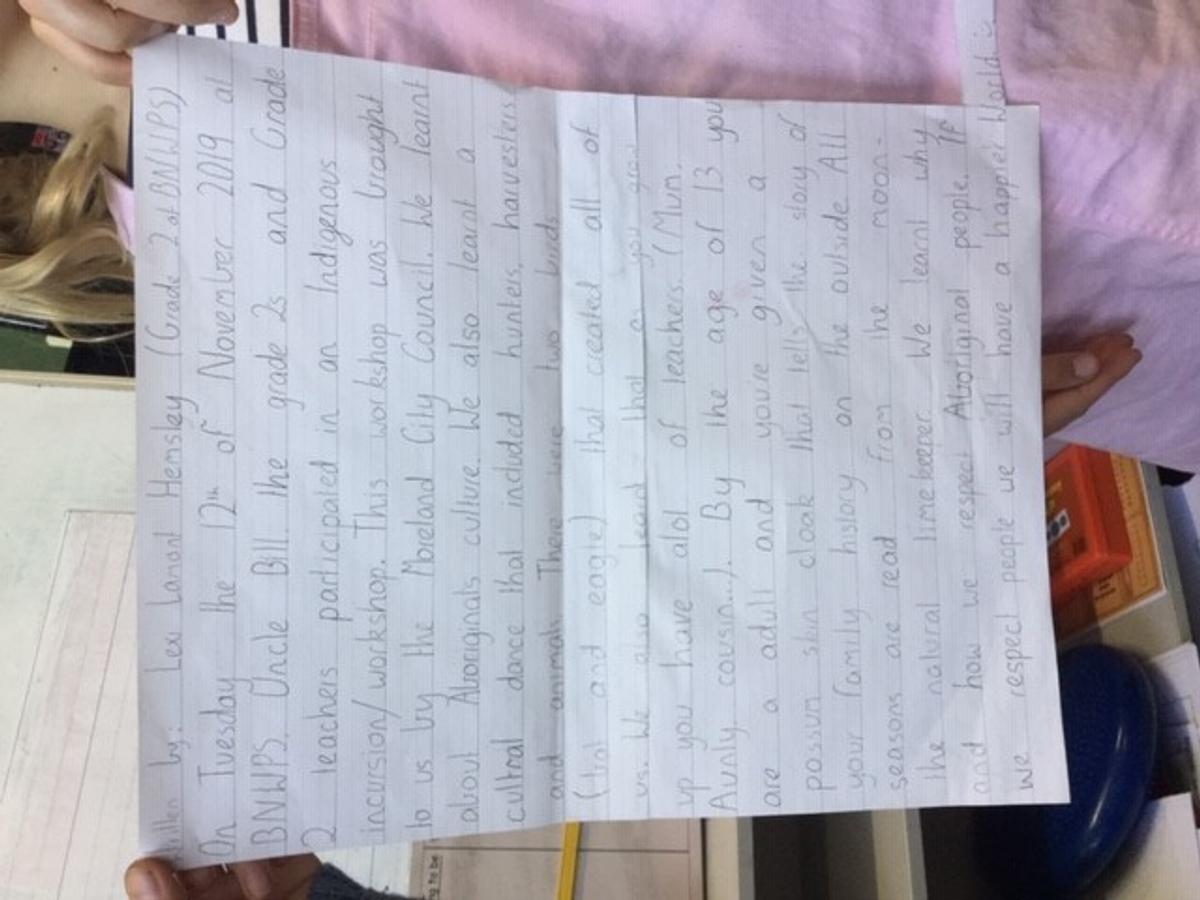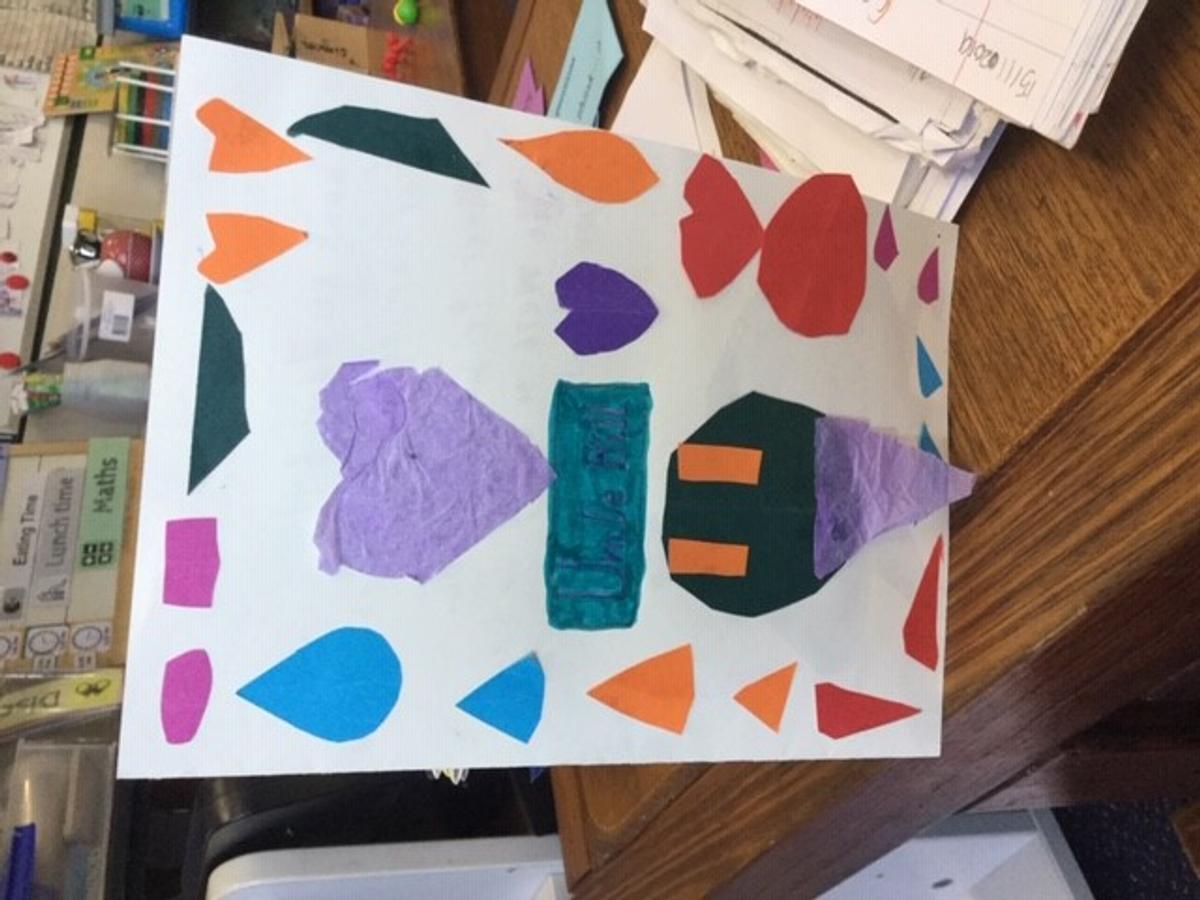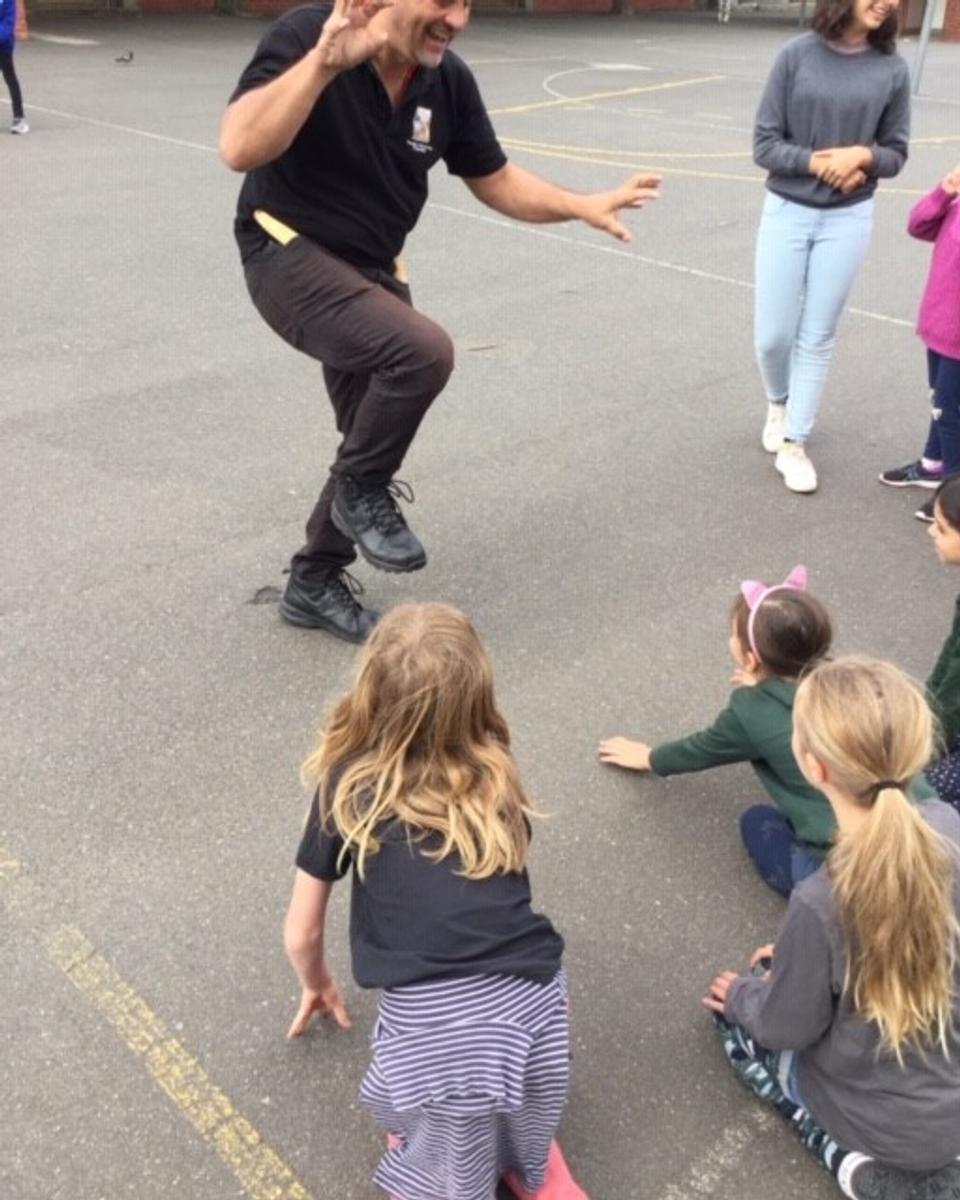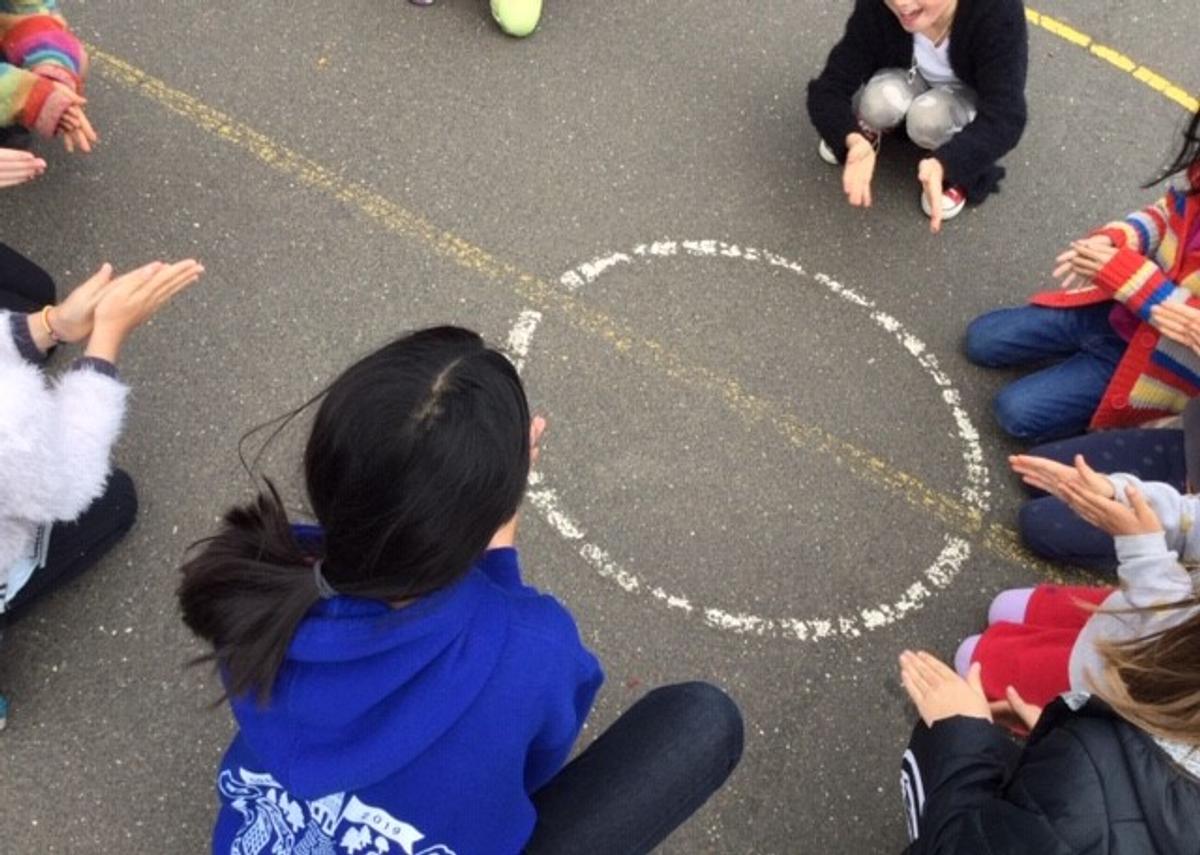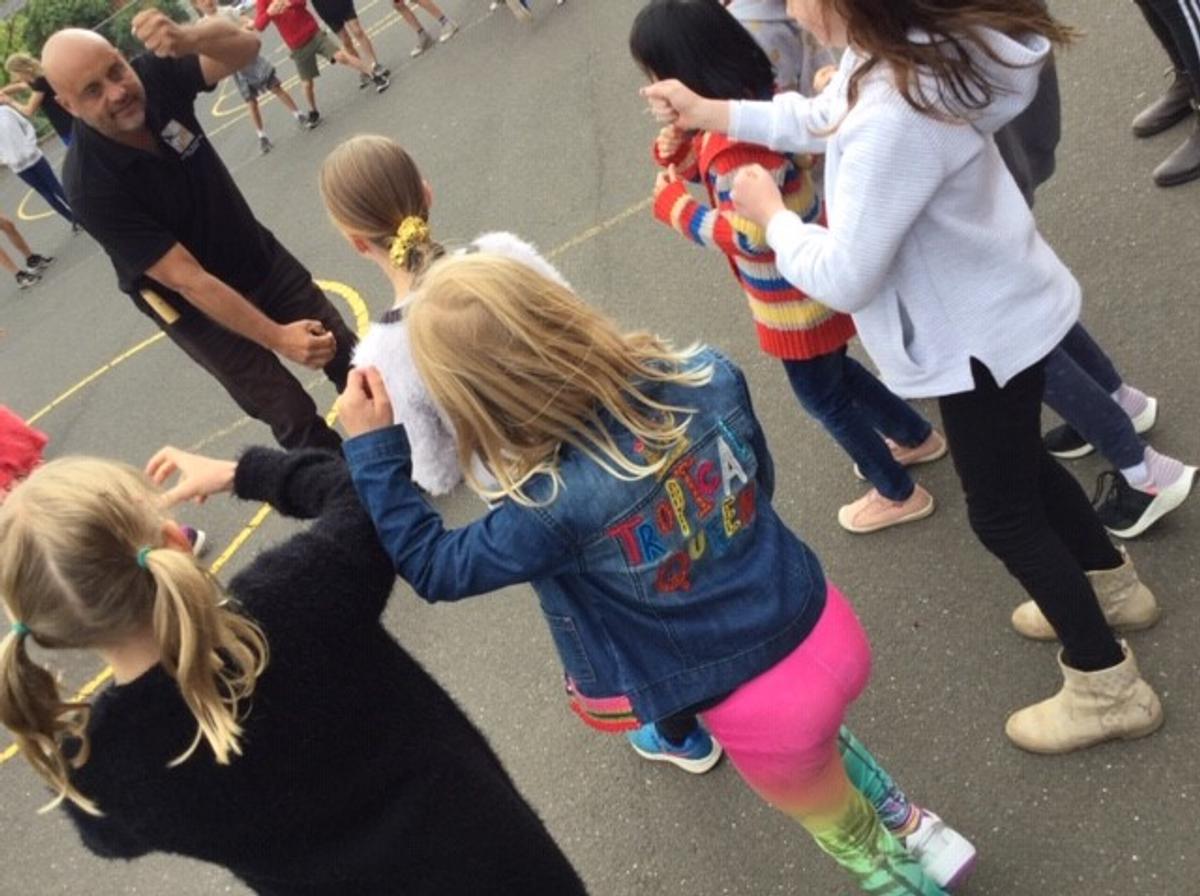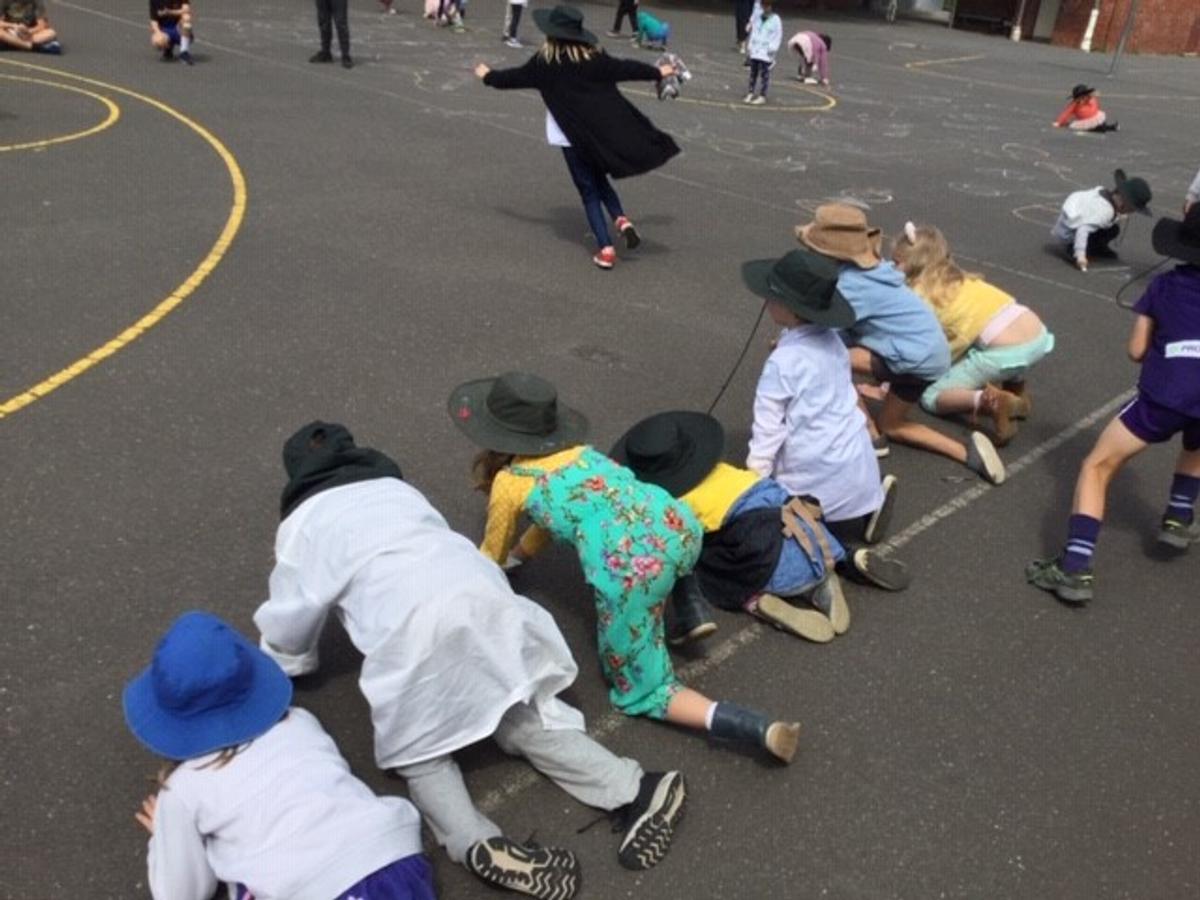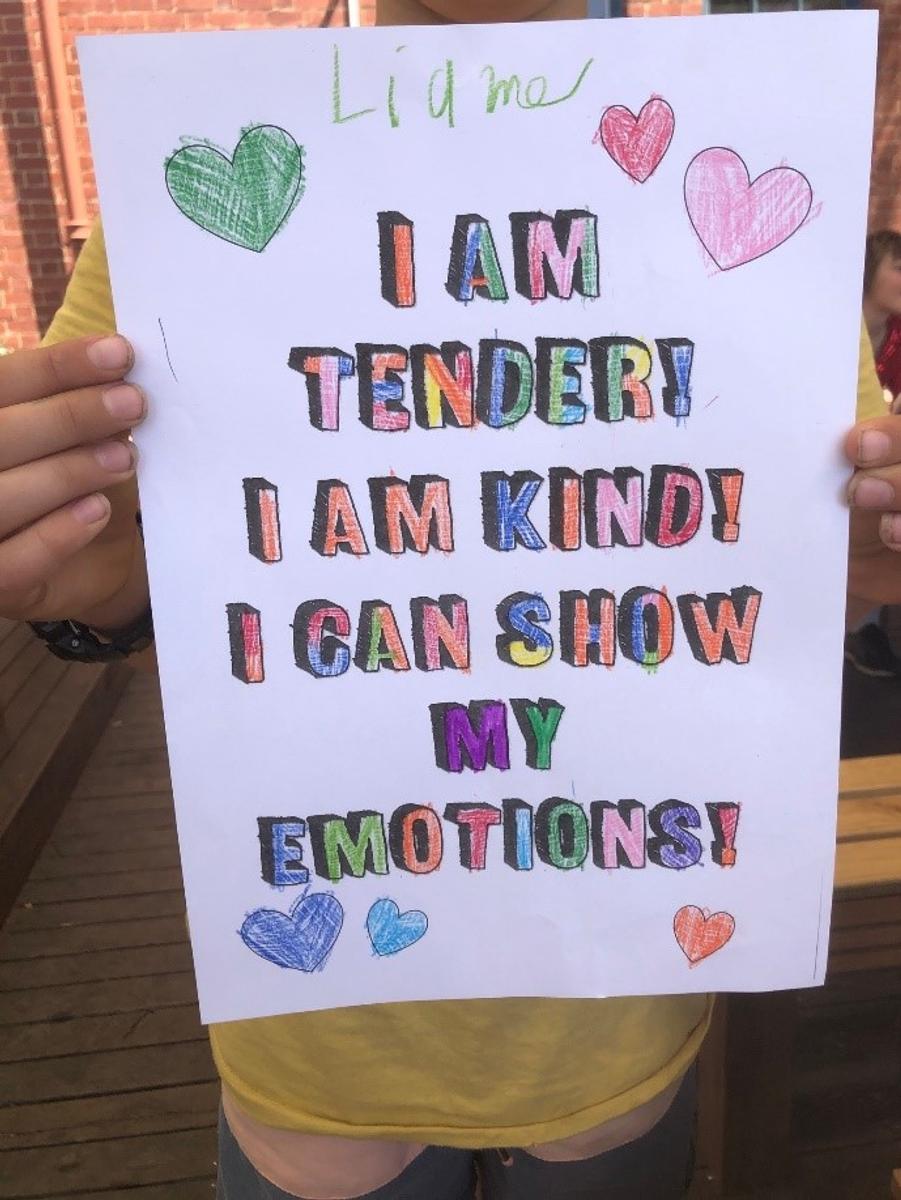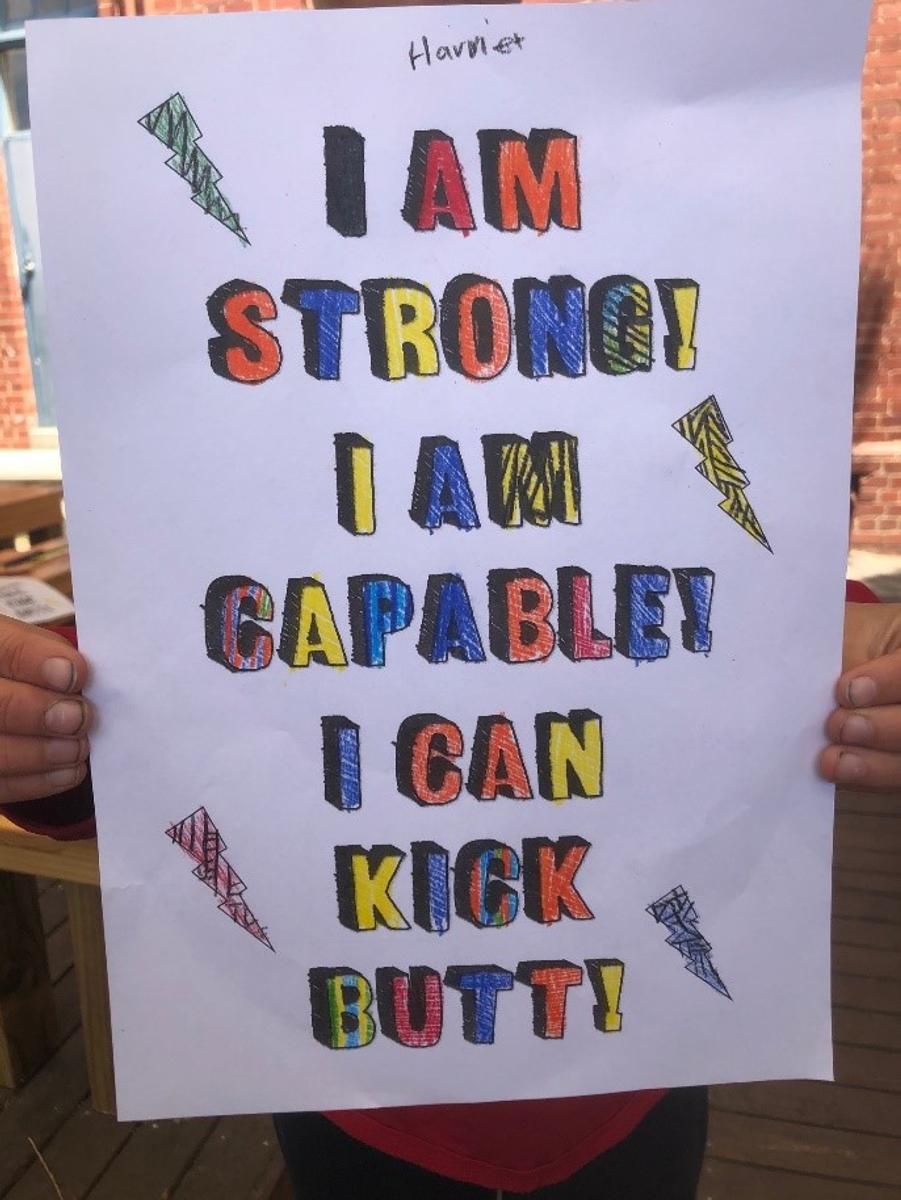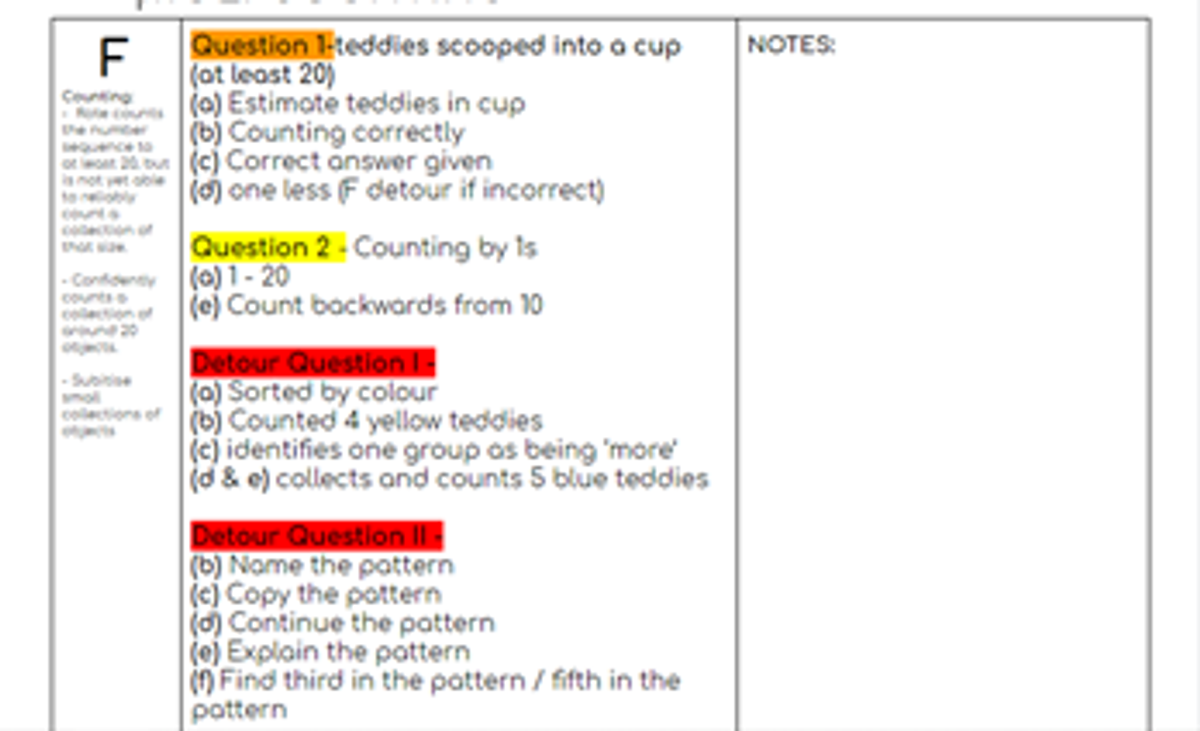school life
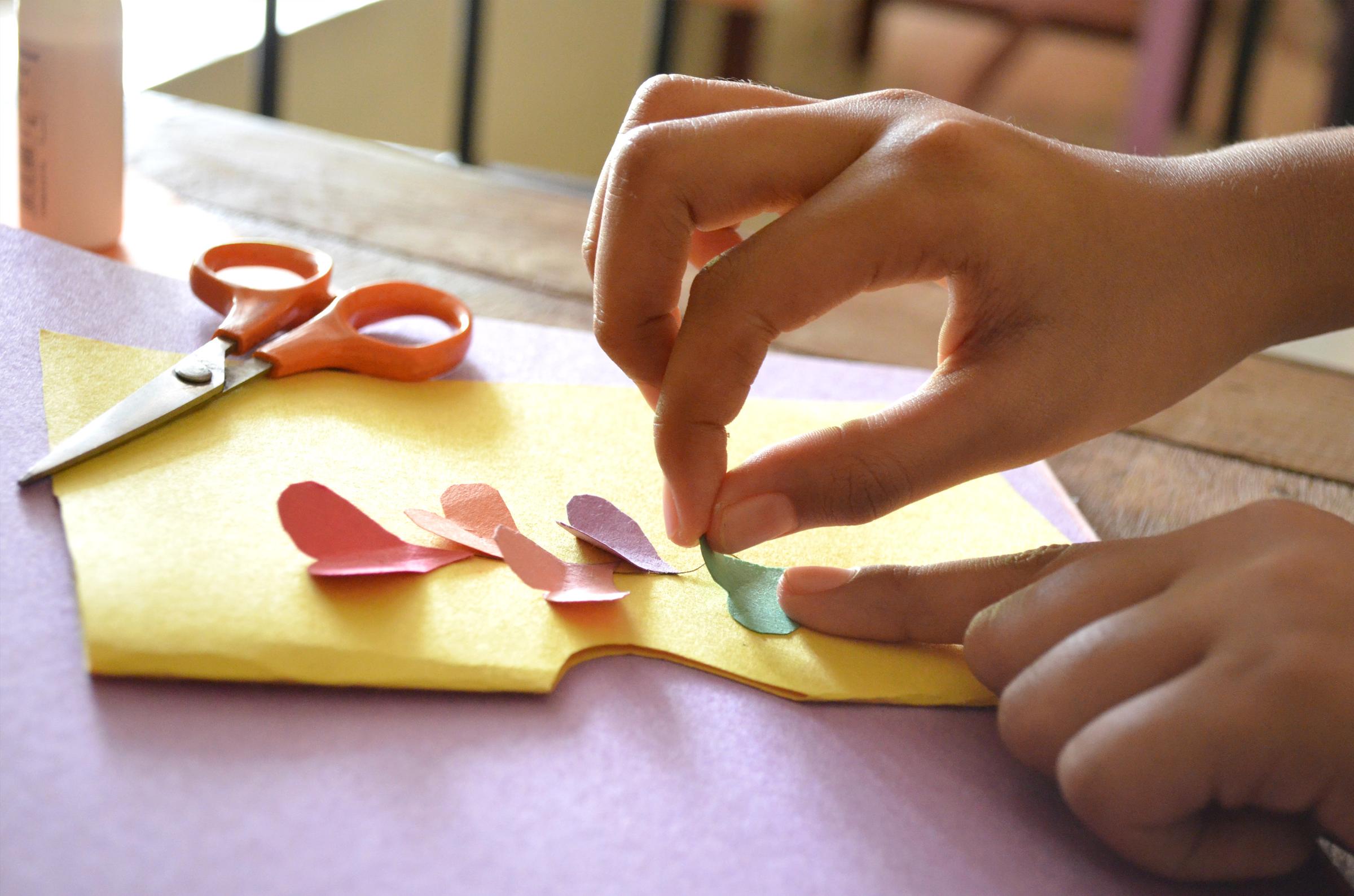
Uncle Bill at BNWP
Uncle Bill Nicholson Jnr, a representative of Wurundjeri Woi Wurrung, visited us and shared his knowledge of traditions and cultural practices with students from year 2 recently. Our year 2s then shared this knowledge with the year 1 members of their respective classes.
A student driven ‘Leader Reader’ article about the cultural workshop:
A thank-you card for Uncle Bill:
Uncle Bill demonstrating various dance steps:
Year 2s teaching the year 1 students:
respectful relationhips
The 3/4s have been doing Respectful Relationships during our Rotations on Wednesday. We talk about topics like Gender stereotypes and school rules such as Can’t Say, Can’t Play. We have also been learning about dealing with our emotions and 5 safe people, who are adults who can help you when you need them most. We also learnt strategies about how to ask for help. We drew /wrote things about Sorry Day which is a day to say sorry to the Indigenous people for taking everything from them. People use Gender stereotypes all the time, and say that boys have to wear shorts and a t-shirt and girls have to wear pink, purple and dresses. We all watched Goldilocks and the Three Bears and all the boys wore shorts and a t-shirt and had low voices, while the girls had high voices and dresses. We think that gender stereotypes should stop because people are free to be themselves and no one has to be the same (Gender does not define us!) We have been enjoying learning about Respectful Relationships. This school is the best, go Brunswick North West! Have a great day, thank you!
By Nolitha, Liam, Oscar and FK
math
One of the joys of being a Foundation teacher is the Wednesday sessions at the start of the year where we have an hour of testing, both English and Maths. Whilst English can get a tad repetitive (I could still resight ‘Cupcakes’ or ‘Clever Max’ if I really wanted to), the Maths Online Interview is one of my favourite things to do with the kids.
There is a great article here that gives you more information about how the Maths Online Interview was developed and who developed it. https://www.researchgate.net/publication/237837181_Early_Numeracy_Project_Final_Report
Jessie and I have been lucky enough to work closely with Doug Clarke over our PMSS course and have had him visit twice, once during our PD on the Big Ideas. We have also been lucky enough to hear from Jill Cheeseman and Doug’s wife Barbara during our course as well, all of whom contributed to the Early Numeracy Project.
So what is MOLI you may ask?
MOLI (or Maths OnLine Interview) is a one on one interactive test. The teacher asks a question, and the students gives an answer and talks through their thinking. The first question of the test is about counting teddies. If the student can count up to 20, you move on to counting out loud to 32, 60 and up to 113, but if they are unable to (which is not at all uncommon in Foundation) they move to the Foundation detour questions. The “test” (for lack of a better learn… I prefer maths conversation) moves from counting to place value to addition/subtraction and multiplication. That is the number section, and it them moves on to time and measurement etc.
There are different preferred strategies for each question, for example, one question says “tell me 5 more than 35”, if the student can answer 40 because they know their multiplication facts, that is called known facts and is the most preferred strategy. If the student counts on, one by one, till they get to 40, that is the counting on strategy and isn’t the most preferred strategy.
If a student is using a non-preferred strategy, they stop at that question however if they are using a preferred strategy they move onto the next question, which progressively gets more difficult and asks students to use a different range of skills.
As you are having this maths conversation, you are able to ask students what they were thinking and how they got the answer. Some of them will say “I just know”, some of them will be able to articulate their thinking and explain how they got their answer and some just aren’t sure. All of these responses are perfectly normal and as I always tell my students, if they aren’t sure of something, that means I have something to teach them and something new they will learn!
Jessie and I were lucky to be able to present to our PMSS course and show other schools how we efficiently do a MOLI test which was a great experience! Over the years, previous maths coordinators have developed a paper version of the MOLI test so teachers are able to highlight and make notes about their responses.
This is an example of what the recording sheet looks like. As you can see you can write notes in the right hand side column and you can highlight the questions that students have answered correctly.
This information is then used for our planning and to source any additional resources we need to put in to either support or challenge students. The great thing about MOLI is the level of detail that MOLI is able to provide. It can tell you the strategies that students need help with, where any gaps are and also their strengths.
If you’d like to know any additional information about MOLI, you are always free to ask your child’s teacher or Alice.
Have a great weekend,
Jessie and Alice

